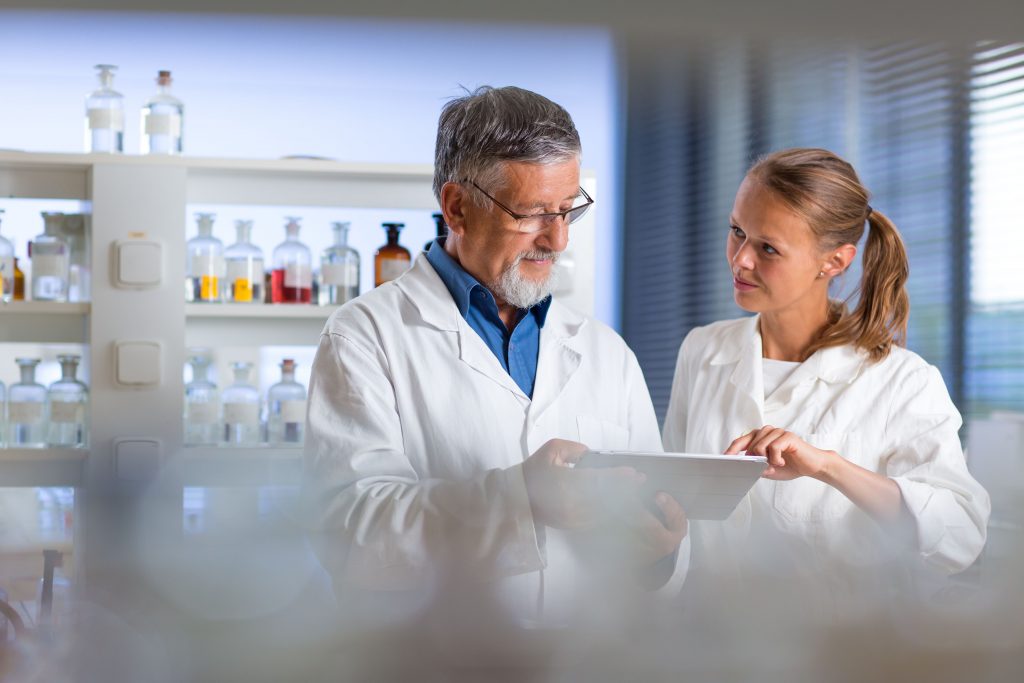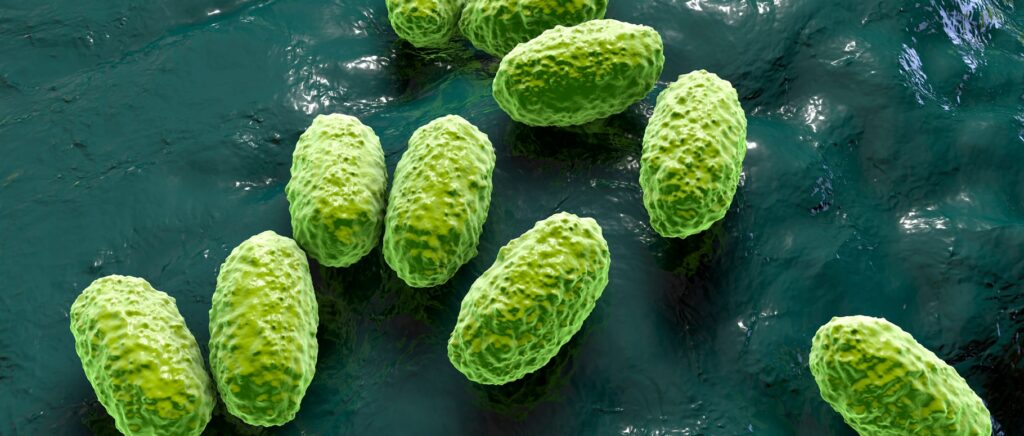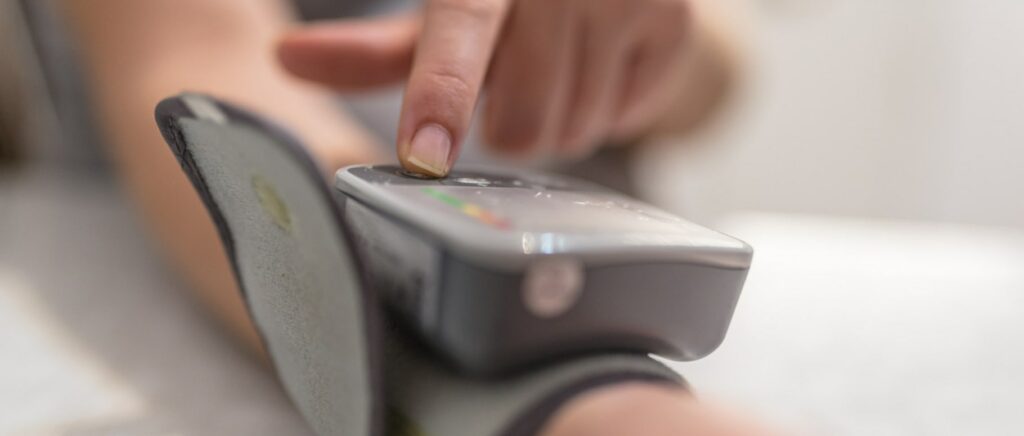
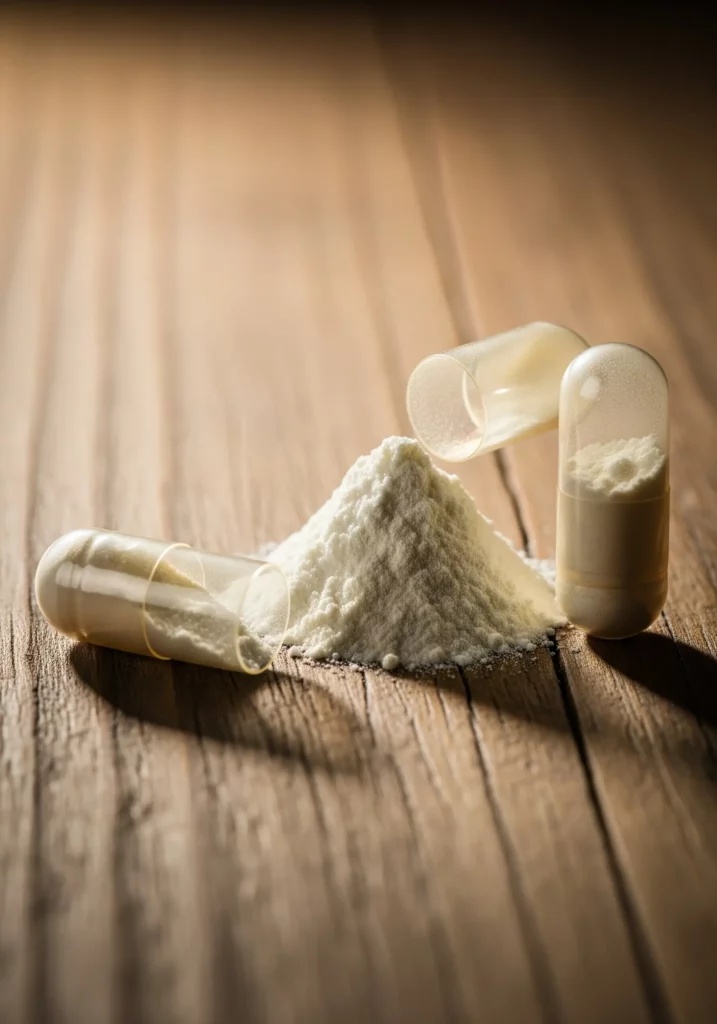
How a flavonoid from larch supports blood circulation, the respiratory system, and the body’s resistance to stress and toxins.
Introduction
Modern humans breathe air daily that contains dust, exhaust fumes, allergens, and viruses.
Blood vessels and lungs take the brunt of this first, so cell protection from oxidative stress becomes not a luxury, but a necessity.
Among natural antioxidants, there is one special compound — dihydroquercetin (taxifolin), obtained from the wood of Siberian larch (Larix sibirica).
Ukraine has its own production facilities for processing larch, making this component a local nutraceutical resource with a strong evidence base.

What is dihydroquercetin
It is a natural bioflavonoid, related to quercetin, but with a more stable structure and higher bioavailability.
It can:
-
scavenge free radicals and reduce lipid oxidation in the blood;
-
strengthen capillary walls, reducing fragility and swelling;
-
protect lung tissue from toxin damage and inflammation;
-
support mitochondria — increasing cellular energy.
Its antioxidant activity is 10 times higher than vitamin E and 5 times higher than vitamin C (Journal of Applied Biochemistry, 2024).

How dihydroquercetin acts at the cellular level
Dihydroquercetin activates the Nrf2 signaling pathway — the main “switch” for inflammation.
Under its influence, the cell synthesizes its own antioxidant enzymes: superoxide dismutase, catalase, glutathione peroxidase.
This provides internal detoxification — the cell cleanses itself without membrane damage.
Table 1. Main effects of dihydroquercetin
| System | Biological action | Expected outcome |
|---|---|---|
| Vascular | Endothelium strengthening, anticoagulant action | Reduced vessel fragility, prevention of thrombosis |
| Pulmonary | Anti-inflammatory and anti-fibrotic action | Protection from smog, respiratory infections, post-COVID changes |
| Liver | Supports detoxification | Reduced ALT, AST levels |
| Skin | Antioxidant regeneration | Improved complexion, less redness |

Ukrainian context
Dihydroquercetin is produced in Ukraine from ecologically clean wood of Carpathian and Siberian larch.
This allows the creation of nutraceutical products of domestic origin that are comparable to imported antioxidants.
In studies at Kyiv National Medical University (2024), taxifolin reduced symptoms of chronic bronchitis and improved skin microcirculation within 30 days of use.
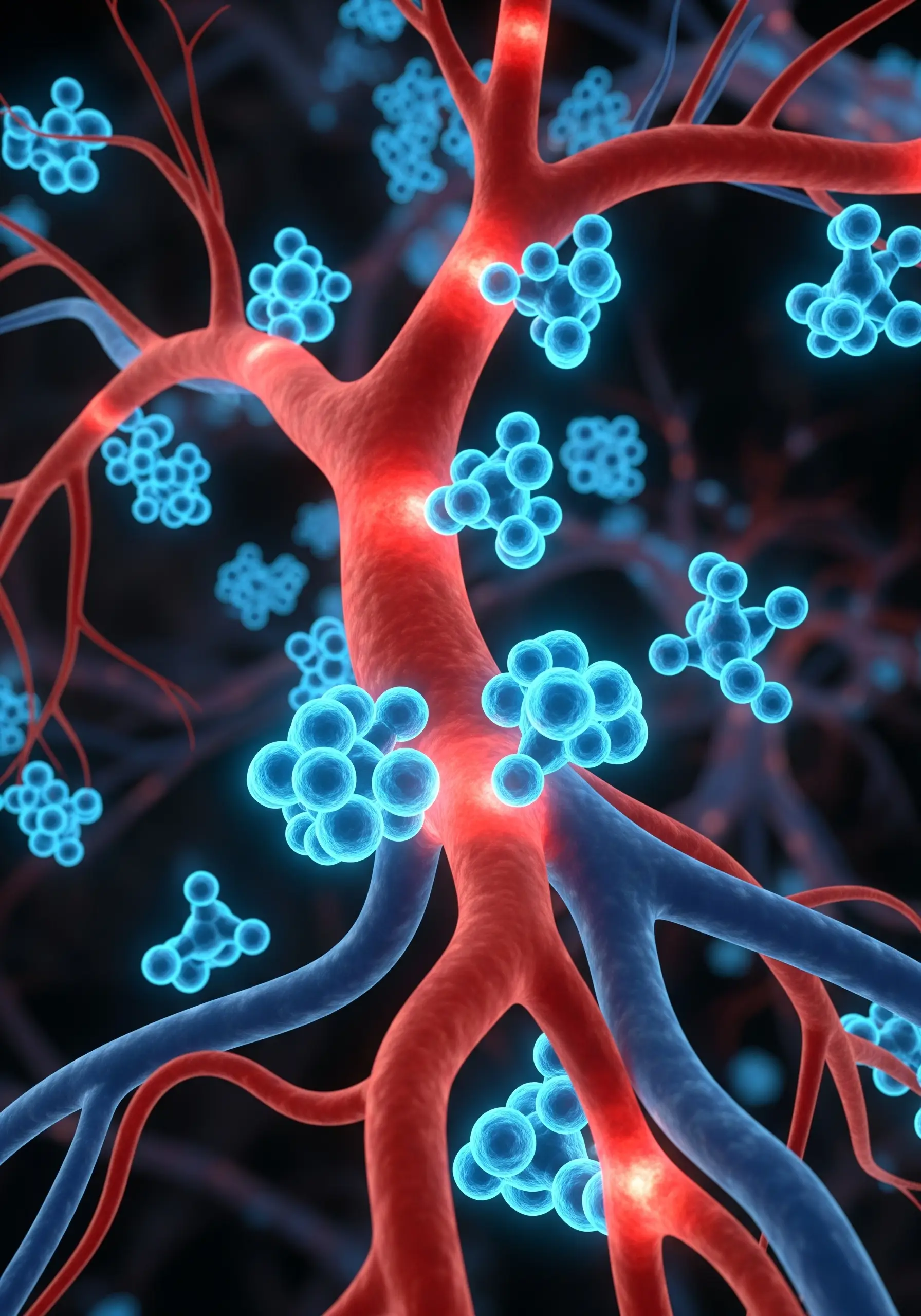
Table 2. Practical combinations with dihydroquercetin
| Goal | Combination | Result |
|---|---|---|
| Vascular support | Dihydroquercetin + vitamin C + rutin | Reduced capillary fragility |
| Anti-stress and energy | Dihydroquercetin + Q10 + magnesium | Better oxygenation, mood stability |
| Lung support | Dihydroquercetin + NAC + zinc | Reduced coughing, alveolar protection |
| Skin health | Dihydroquercetin + omega-7 + E | Improved skin tone, less dryness |
Dosage
-
Prophylactic: 20–40 mg/day.
-
For vascular support: 60–100 mg/day.
-
For oxidative stress or recovery after illness: up to 120 mg/day.
Dihydroquercetin is compatible with vitamins C, E, D3, Q10, and zinc. It does not cause side effects even with long-term use.
Questions & Answers
1. How is dihydroquercetin better than quercetin?
It is more stable, better absorbed, and does not irritate the stomach.
2. Does it help with varicose veins?
Yes, it strengthens capillaries and reduces inflammation in the venous wall.
3. Can it be taken for asthma or allergies?
Yes, it reduces oxidative inflammation in the lungs.
4. Does it have a sedative effect?
No, but it improves oxygen supply to the brain and reduces stress effects.
5. When is the best time to take it?
In the morning or daytime after meals — to maintain antioxidant levels throughout the day.
Conclusion
Dihydroquercetin — Ukraine’s answer to global antioxidants.
Its uniqueness is that it not only “captures” free radicals but also activates the cell’s own defense systems.
It is a nutrient for people living in cities, breathing smog, working under stress, and wanting to support blood vessels, lungs, and skin naturally.
References
-
Kuznetsova, O. et al. Journal of Applied Biochemistry, 2024 — “Taxifolin as a potent antioxidant and endothelial protector.”
-
Lobanova, I. Ukrainian Medical Journal, 2024 — “Clinical effects of dihydroquercetin in chronic bronchitis.”
-
Chen, L. Free Radical Research, 2023 — “Nrf2 pathway activation by taxifolin.”
-
EFSA, 2025 — “Safety of dihydroquercetin as a food supplement.”
-
Ivanova, N. Nutrition & Aging, 2024 — “Taxifolin and mitochondrial protection in oxidative stress.”

